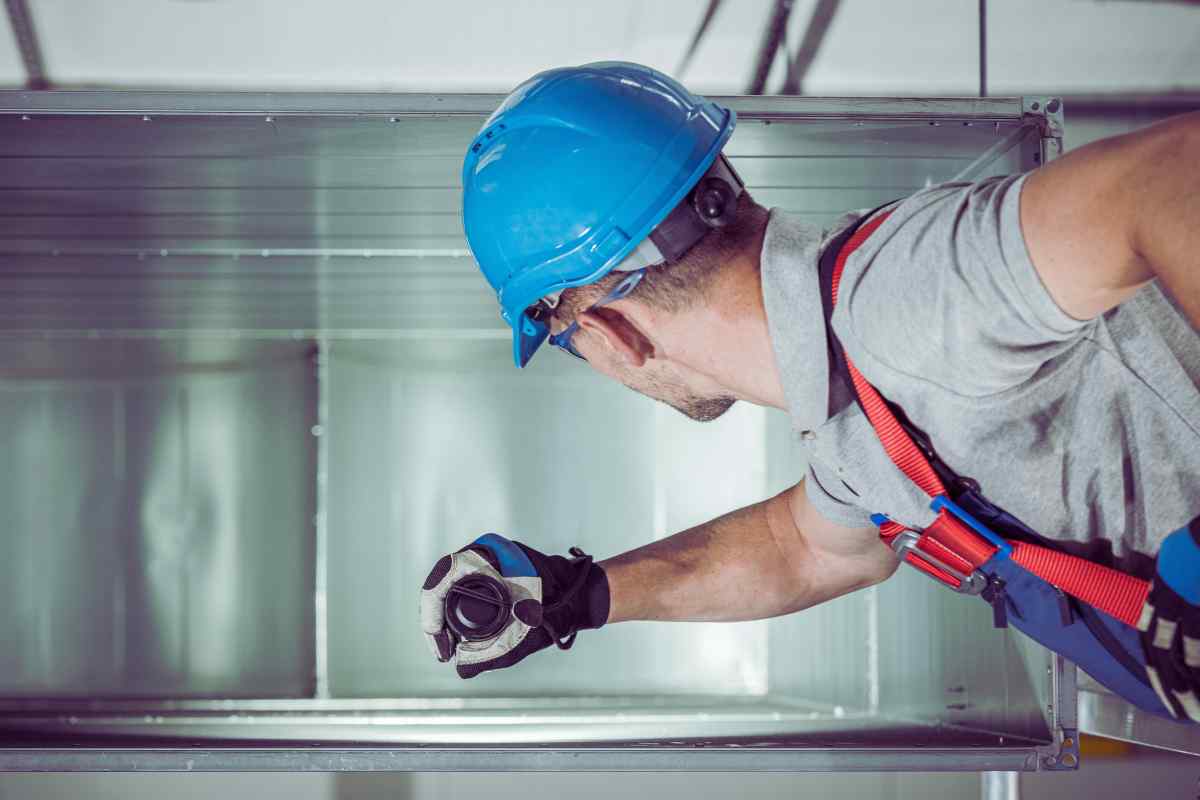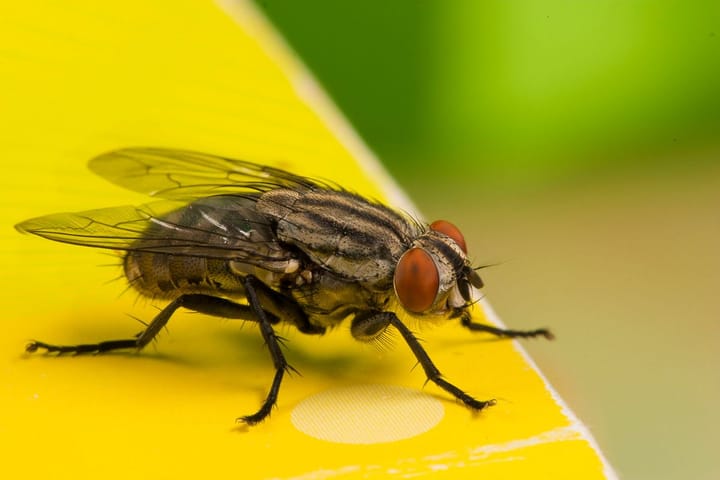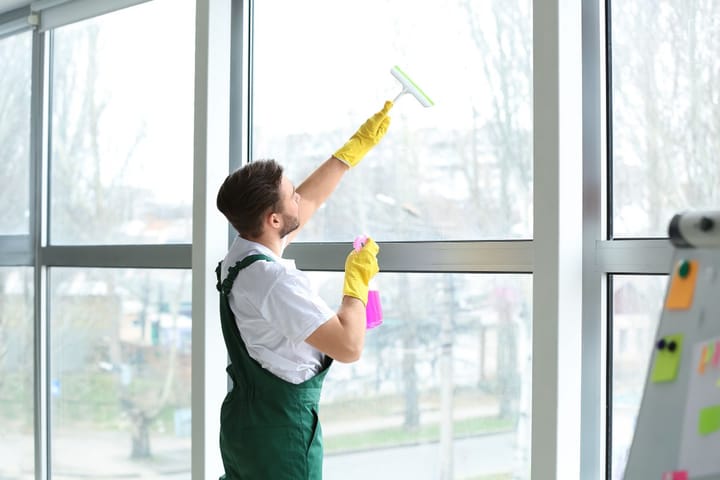Choosing the Right Cleaning Products for Ventilation Cleaning
For cleaning air ducts, using the wrong products can cause harm. We emphasizes using specially formulated products to avoid health issues.

When it comes to cleaning your home's air ducts and ventilation system, you can't just grab whatever cleaning products are under the kitchen sink and go to town. Using the wrong stuff can actually do more harm than good, leaving you with a bigger mess – and potentially some health issues – on your hands.
That's why the experts at Universal Duct Cleaning, a top-rated air duct cleaning service here in Hampton Roads, always stress the importance of using the right cleaning products for the job. We're talking products that are specially formulated to get those vents spick-and-span without introducing any nasty chemicals or contaminants into your home's air supply.
Non-Toxic Cleaners: Breathe Easy
Let's start with the basics: non-toxic cleaners. Listen, you don't want to be spraying harsh chemical cleaners all over the system that's circulating air through your living spaces, right? That's just asking for respiratory issues, headaches, and all sorts of other unpleasant side effects.
That's why it's crucial to use cleaners that are labeled as eco-friendly or non-toxic. These products are safe for you, your family, and the environment, so you can breathe easy knowing you're not introducing any harmful substances into your home's air supply. Think of it as spring cleaning without the toxic fumes!
Antimicrobial Solutions: Kill Those Germs Dead
Here's the thing, though – it's not just dust and dirt you have to worry about when it comes to your ventilation system. These ducts can be a breeding ground for all sorts of nasty microorganisms like bacteria, mold, and mildew.

That's where antimicrobial cleaning solutions come in. These bad boys are designed to kill those germs on contact, ensuring that your vents are free from any potentially harmful microbes. But don't just grab any old antimicrobial cleaner – make sure it's specifically designed for use in HVAC systems to avoid damaging any of those sensitive components.
HEPA Vacuums: The Ultimate Dust Busters
Of course, before you can even think about applying any kind of cleaner, you need to remove all that built-up gunk from your vents. And for that, you need a serious vacuum – we're talking HEPA filtration levels of serious.
HEPA (High-Efficiency Particulate Air) vacuums are equipped with filters that can capture even the tiniest of particles, down to 0.3 microns in size. That means no dust, dander, or allergens are getting left behind in those ducts. But make sure you get a HEPA vacuum that's designed specifically for HVAC use to ensure maximum suction power and maneuverability.
Rotary Brushes: The Scrub-a-Dub-Dub Crew
Even with a super-powered HEPA vacuum, there's bound to be some stubborn gunk that just won't budge from the inside of those ducts. That's where rotary brush systems come in, quite literally scrubbing those surfaces clean.
These bad boys use rotating brushes to agitate and dislodge any caked-on dirt, debris, or grime, making it easy for the vacuum to suck it all up. Just be sure to get a rotary brush system that's compatible with your specific ductwork to avoid any accidental damage during the cleaning process.
Duct Sealants: Seal Pesky Air Leaks
While vacuum cleaners, brushes, and antimicrobial solutions are essential for actually cleaning out your air ducts, there's another product you might want to consider: air duct sealant. Over time, those ducts can develop small holes, cracks, or gaps, allowing conditioned air to leak out unnecessarily. That makes your HVAC system work harder and reduces its efficiency. Sealing up those leaks is key to keeping everything running smoothly.
The right air duct sealant can do the trick. Look for products specifically designed for HVAC use - they're durable enough to withstand temperature changes without drying out or cracking. Mastic sealants are a popular option with their thick, paste-like texture that can effectively plug gaps. Foil-backed tapes are another choice, providing a flexible yet reliable seal. While you can try applying sealants yourself, having a professional handle it during a duct cleaning ensures proper application for maximum effectiveness.
Disinfectant Sprays: The Final Touch
Alright, so you've vacuumed, scrubbed, and cleaned every nook and cranny of your ventilation system. But wait, there's one more step! A good disinfectant spray can help ensure that any lingering germs or bacteria get zapped, leaving your ducts not just clean but sanitized too.
Look for a disinfectant that's specifically formulated for HVAC use – you don't want to risk any corrosive chemicals or harsh fumes getting into your air supply. A quick spray-down after the main cleaning is done can give you that extra peace of mind that your vents are truly fresh and germ-free.
Conclusion
Using the right cleaning products is absolutely essential when it comes to properly maintaining your home's ventilation system. From non-toxic cleaners to antimicrobial solutions, and HEPA vacuums to rotary brushes and disinfectant sprays, each product plays a crucial role in ensuring your ducts are thoroughly cleaned without introducing any new contaminants into your indoor air. Don't skimp on quality when it comes to vent cleaning – your health and your HVAC system's performance depend on it!
Look, improper vent cleaning can lead to all sorts of issues like increased dust and allergens, mold growth, and even premature HVAC breakdowns. That's why using the correct high-quality, duct-safe cleaning supplies is so important from start to finish. Is it more of an investment than a basic vacuum rental? Sure. But it's a small price to pay for clean air, peak efficiency, and peace of mind that the job was done right. Don't risk your household's health and comfort by cutting corners. Invest in the proper cleaning products and methods from the get-go.




Comments ()